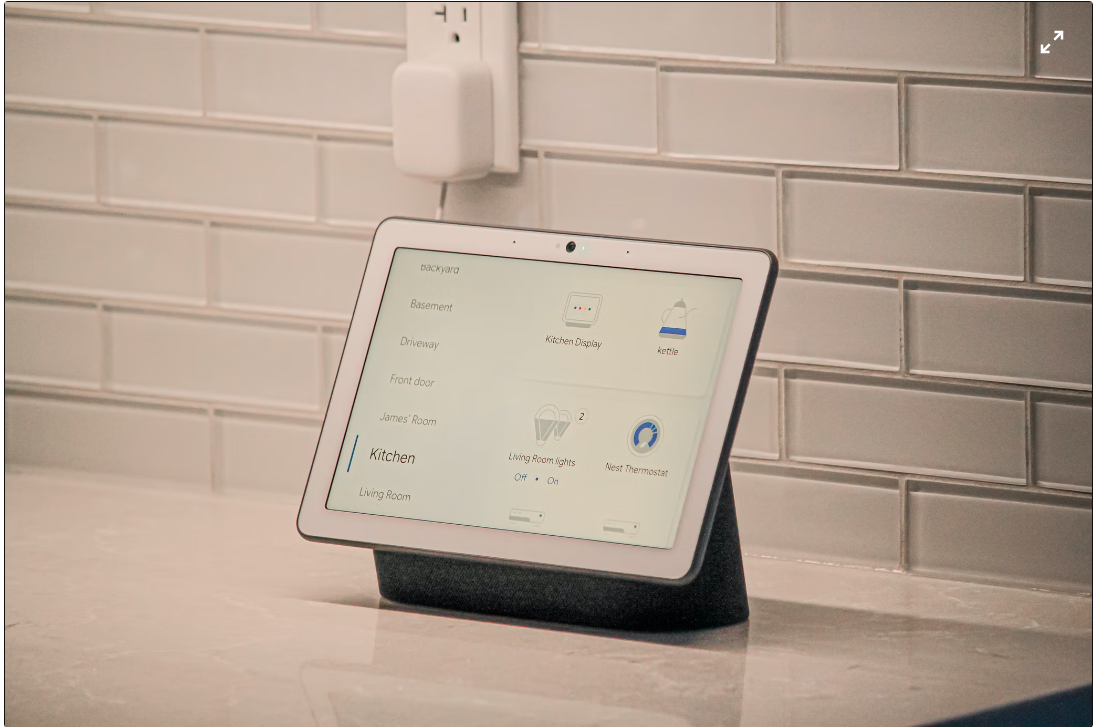The cost of home heating is on the rise in the United States — nearly half of U.S. households using natural gas paid 30% more ($746) on average to heat them last winter, while homes warmed with electricity paid around 6% more ($1,268), NPR reports. Fortunately, innovations in home heating technology can help households in the battle with soaring heating bills. Heat pumps, tankless water heaters, and smart systems are just some of the latest devices heating homes more efficiently and helping the environment and energy bills in the process.
Heat pumps
A heat pump can take care of your home’s heating and cooling needs efficiently, while also helping ensure a greener future. Heat pumps are basically two-way air conditioners that use around half as much energy than other conventional electric home-heating devices. “You could put in a watt of electricity and get four watts of heat out of it. It’s like magic,” explains David Yuill from the University of Nebraska–Lincoln. Heat pumps simply essentially just move heat from one place to another — rather than generating it by burning fuel. So, in the winter, they warm the home by taking in and circulating air from the outside. Conversely, in the summer, heat pumps remove heat from indoor air and move cooled air into the rooms.
On average, a heat pump can generate almost $1,000 in energy savings compared to oil heating, or around $500 compared to electrical heating, the U.S. Department of Energy reveals. Although heat pumps are more efficient than traditional heating options, they’re generally categorized into two different efficiency ratings to help you choose the best model for your needs. The seasonal energy efficiency ratio (SEER) measures a unit’s cooling output as it compares to the overall energy required to run the system. Alternatively, the heating seasonal performance factor (HSPF) measures the unit’s heating ability alongside its total energy consumption. Ideally, you should look for a higher HSPF if you live in a colder climate and a higher SEER if you live in a warmer climate, as advised by the U.S. Department of Energy.
Tankless water heaters
Water heaters are essential for enjoying a nice hot bath or shower, or even simply washing the dishes comfortably without the water being too cold. Conventional water heaters typically run on natural gas or electricity and store up to 50 gallons of water at a time, so it’s available when you need it. In contrast, tankless water heaters are a modern innovation that instantly heat the water you need as it passes through a heat exchanger coil; unlike regular heaters, they don’t store any water in the tank. Tankless water heaters offer numerous energy- and cost-saving benefits. Since they’re more efficient, they can provide hot water faster than regular water heaters — so you’ll no longer have to wait for the water to heat up sufficiently. They’re also around 24%-34% more energy-efficient than regular water heaters, which can result in greater energy savings, according to the U.S. Department of Energy. And, tankless water heaters also have a longer life expectancy of 20 years, versus around 12 years maximum for conventional water heaters.
So how much are tankless water heaters? Now much more affordable than it once was, the average tankless water heater installation cost is around $3,200, but can be as much as $6,500. Although it’s a large investment, a tankless water heater is a worthwhile purchase since they typically come with a longer warranty to help ensure your peace of mind. And, if they do break down, tankless water heaters are also easier to repair. When regular water heaters stop working, the entire unit has to be replaced, whereas individual parts can more easily be repaired or replaced as needed with tankless water heaters.
Smart home heating systems
Smart home heating is transforming how people heat their homes, while also slashing energy bills. Smart thermostats, in particular, let you control every aspect of your home’s heating schedule — right from the comfort and ease of your tablet or smartphone. While a traditional thermostat involves you directly changing the temperature via a dial or control panel, a smart thermostat lets you do the same from any location, even if you’re away from home. Some systems also allow for greater precision; for example, you can control the heat in different rooms throughout your home and open or close certain vents as needed, therefore helping prevent unnecessary energy usage and keeping your energy bills to a minimum.
Home heating is increasingly expensive, but, fortunately, new technology can help slash these costs. Heat pumps, tankless water heaters, and smart home heating systems are just some of the latest innovations improving home heating efficiency, while helping the environment at the same time.

















